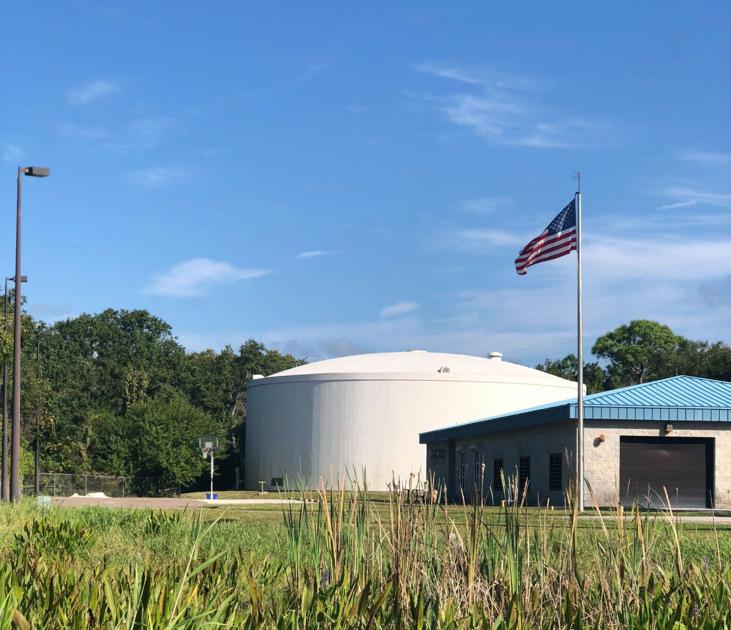Beginner’s Guide To Container Security

Container Security
Following traditional software development methods, developers had to deal with OS and application dependencies. Container adoption is a result of two factors: a demand for accelerated time-to-market enabled by DevOps, and a desire for application portability across clouds.
Containers are helpful for developing and deploying apps in the cloud since they are effective in managing application infrastructure. As with any new technology, benefits are coupled with new security challenges that put businesses at risk if they are not addressed adequately. In fact, a Forrester report indicates that security is the primary barrier to container adoption.
The rapid adoption of container technologies creates a unique opportunity to shift security left, by integrating security practices into each stage of the application lifecycle and building bridges between development and security teams.
Given the speed and velocity at which containers and cloud operate, DevSecOps is the only viable path forward for security teams. DevSecOps brings DevOps and security teams together and introduces security as early as possible in the container life cycle. Shifting security left important to safeguard the agility of modern app development and deployment processes. The IBM Systems Sciences Institute has found that the cost to fix a bug during the runtime phase is 100 times more costly than fixing the same bug fixed during the design phase.
Container security differs from traditional security methods due to the increased complexity and the ephemeral and dynamic nature of containerized environments. Container security should include anything from the applications they contain to the infrastructure they run on. RedHat recommends building security into the container pipeline by gathering trusted images, managing access, integrating security testing, automating deployment, and continuously protecting the underlying infrastructure.
What are the basic security hygiene measures businesses should adopt to secure their containers? You should adopt the container security triad: build, deploy, run.
Build security
Building security in your container structures means…


